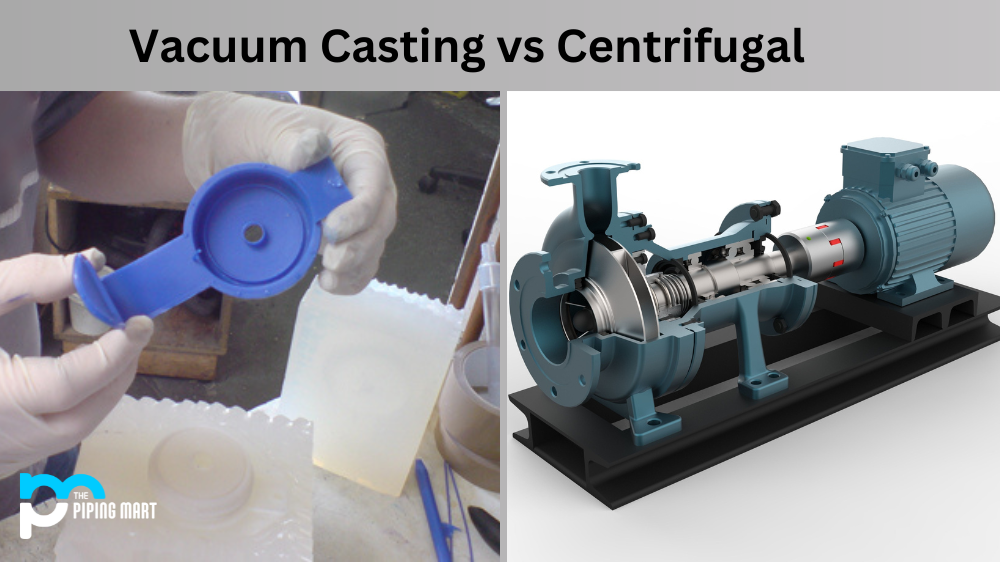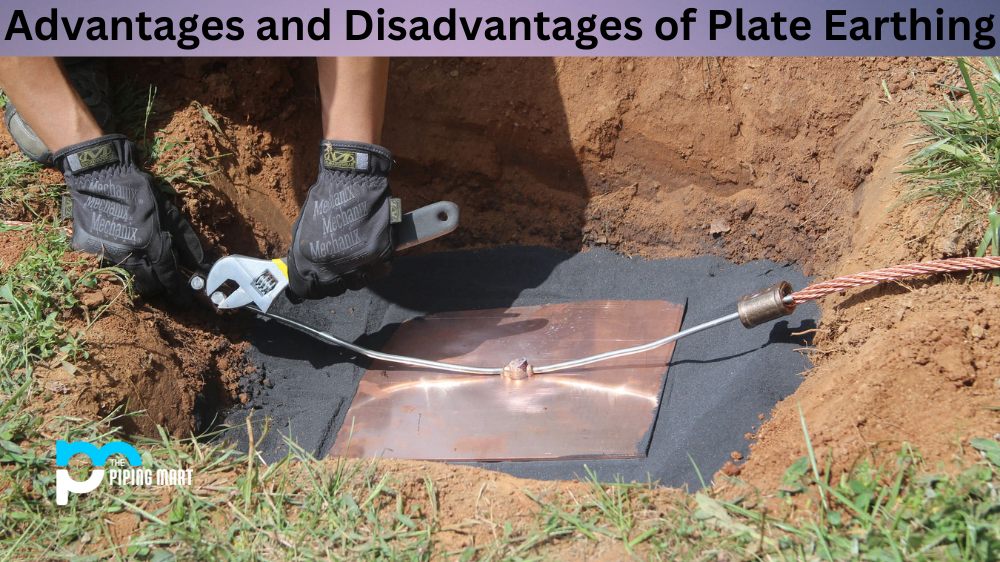Are you looking to produce small-batch parts or prototypes? If so, you have likely come across the terms vacuum casting and centrifugal casting in your research. Both processes are used to create moulds and help you quickly replicate parts and components. However, each process has its own unique advantages and disadvantages that set it apart from the other. Let’s explore the differences between vacuum casting vs centrifugal to help you decide which process is best for your project.
Vacuum Casting
Vacuum casting is a rapid prototyping technique used to cast a variety of materials, such as polyurethane, elastomers, plastics, and metal alloys. During the process, a mold is made from a master pattern which can be created using 3D printing or CNC machining. After producing the master pattern, the mould is filled with liquid resin and cured using a vacuum chamber. The end result is an exact replica of the original part at a fraction of the cost.
Advantages
Vacuum casting offers exceptional detail reproduction, tight tolerances (±0.15 mm), and low production costs compared to other methods, such as injection molding or die-casting. It also allows for quick turnarounds since parts can be produced in as little as 1-2 days, depending on the complexity of the material and design.
Disadvantages
Vacuum casting cannot replicate complex geometries since there are limitations to how intricate 3D printed masters can be made; however, more detailed patterns can be machined out of metal or plastic if needed. Additionally, vacuum-casted models typically have poorer dimensional accuracy than those produced by injection moulding processes; this means they may not be suitable for use in certain applications where accuracy is required.
Centrifugal Casting
The centrifugal casting process involves pouring molten metal into a spinning wheel which creates an even distribution of material throughout the mould cavity due to centrifugal force acting on it. This type of casting is ideal for creating uniform parts such as pipes and cylinders since it ensures that all details in the interior walls are perfectly replicated every time without needing manual finishing work afterwards. While this method takes longer than vacuum casting (as much as several weeks, depending on complexity), it offers superior strength and durability, making it ideal for industrial applications like machinery components or plumbing fixtures.
Advantages
Centrifugal casts offer superior strength and durability due to their even distribution of material throughout the entire part; this makes them well-suited for heavier-duty industrial applications like automotive parts or machinery components where accuracy over time is important. Additionally, because centrifugally casted parts require less manual finishing work after being removed from the wheel, they tend to have fewer visible flaws compared to other types of castings like sand castings or die castings, making them more aesthetically pleasing in appearance when finished correctly.
Disadvantages
One major disadvantage of centrifugal casting is its long lead times due to high production costs; this makes it better suited for projects with more significant production runs rather than one-off prototypes or small batches where speed is paramount (in which case vacuum casting would be preferable). Additionally, while centrifugally casted parts offer superior strength, they tend to need more detail fidelity compared to vacuum casts, making them less suitable for projects requiring precise detailing, such as medical device components where accuracy over time is important.
Difference Between Vacuum Casting and Centrifugal
- Vacuum casting is a process that uses a vacuum to draw molten metal into a mould. This results in a casting that is void of porosity and has a very smooth surface.
- Centrifugal casting is a process that uses centrifugal force to draw molten metal into a mould. This results in a casting that has a slightly rougher surface but is less likely to contain porosity.
- Vacuum casting is typically used for small castings, while centrifugal casting is typically used for larger castings.
- Vacuum casting generally results in a higher quality casting than centrifugal casting, but it is also more expensive.
- Centrifugal casting can be done using either horizontal or vertical molds, while vacuum casting can only be done using vertical moulds.
- Vacuum casting typically yields less than centrifugal casting, meaning that more scrap is produced using this method.
Conclusion:
Choosing between vacuum casting and mainly centrifugal depends on your specific needs – both methods offer different advantages that should be considered before deciding which process best suits your project requirements. Vacuum casts offer faster turnaround times with superior detail fidelity. Still, lack strength compared to centrifugally casted pieces, which offer greater durability at higher production costs with lower detailing quality overall. In short – do your research carefully! Whatever process you decide upon will ultimately depend on what kind of product you intend on producing. With careful consideration given towards each option’s respective pros and cons – you should have no problem finding one that works best for your particular project! Good luck!

Abhishek is a seasoned blogger and industry expert, sharing his insights and knowledge on various topics. With his research, Abhishek offers valuable insights and tips for professionals and enthusiasts. Follow him for expert advice on the latest trends and developments in the metal industry.




